YOSEMITE IS NATURE’S CATHEDRAL
by Debbie Stone
Heights are not my thing, yet once again, I find myself pushing the acrophobia envelope. This time, it’s on a hike to ascend to the top of a waterfall. Not just any waterfall, but Yosemite National Park’s famed Vernal Fall. To reach my goal, I need to climb up a steep granite stairway of over 600 slippery, narrow steps. I hug the side of the trail furthest from the edge and just focus on putting one foot in front of another. I’m envious of the hikers that mimic mountain goats and make it look so easy. But, enough about them. I’m actually too distracted by the stunning views along the way that I almost, but not quite, forget about the height factor. I also tell myself that the vistas will be even more rewarding when I reach the top, so I keep going.
Vernal Fall does not disappoint and it feels great to accomplish this feat. I’m feeling confident now, so to up the ante, I decide to hike further to Nevada Fall. It’s another 1.3 miles of rocky switchbacks on the Mist Trail. Admittedly, it’s a challenging climb, but once again, the effort is incredibly worthwhile. From Nevada Fall, the scenery is majestic and I feel on top of the world. This experience serves to reiterate my need to continue to try to conquer any fears I have that would prevent me from seeing such splendor. I’m reminded that it is okay to occasionally put myself in uncomfortable situations because the payoff rarely disappoints.
What goes up, however, must eventually go down. Not wanting to trace my steps, I opt to return via the John Muir Trail for more heavenly panoramas. Longer, yes, but not as steep, and fewer hikers, too. The Mist Trail is very popular and unless you get an early start, you’ll find yourself joining the masses trying to ascend or descend up those infamous stairs to Vernal Fall. I make it a point to hit the trailheads no later than seven-thirty in the morning so I can experience nature’s bounty in relative solitude.
Established in 1890, Yosemite is the country’s third oldest national park and a UNESCO World Heritage Site. It was here, back in 1903, that the idea of national parks was born. John Muir, the famous naturalist, guided President Teddy Roosevelt, a noted conservationist, through the Yosemite wilderness and it became the camping trip that changed the nation. There’s a plaque in the park to acknowledge this historic meeting of the minds.
Yosemite’s nearly 800,000 glacially sculpted acres is a nature lover’s nirvana and a photographer’s dream. The park is world-renowned for its dramatic waterfalls, formidable granite domes and craggy peaks, lush meadows, meandering rivers, ginormous trees and commanding views everywhere you look. Pick and choose one area to explore at a time, otherwise it’s too overwhelming. This is one epic destination that deserves multiple visits, so don’t try to do everything on your initial foray.
Most first timers spend the majority of their stay in Yosemite Valley, as it’s home to the majority of the legendary landmarks in the park. This is also Yosemite’s human hub, where you’ll find lodging, a grocery store, post office, medical clinic, the main visitor center, a museum, Ansel Adams Gallery and a gift shop or two. There are many interesting events that happen in this central sector, from ranger talks and films to art and photo workshops. And numerous guided hikes and bike tours depart from the area, too. Beware of the congestion here, especially at peak times, and know that parking is at a premium. Opt to take the free shuttle buses, which pick up and drop off at various key sites and trailheads throughout the park.
You’ll often find cars on the side of the main road leading into the valley, where people have stopped to take photos and to do some side hikes. One of the easier and shortest trails leads to picture pretty Bridalveil Fall, where the water tumbles down a granite face beneath Cathedral Rocks.
At another pullout, you’ll come face-to-face with El Capitan. As the largest exposed granite monolith in the world, El Cap is a monster and exceeds expectations. Its walls are more than twice the height of the Empire State Building, measuring nearly 3,600 feet high. For serious rock climbers, it’s the Holy Grail.
Thirty miles from Yosemite Valley is Glacier Point – a must see feature for most visitors. This overlook boasts an awe-inspiring, jaw-dropping view that is exhilarating. In front of you is legendary Half Dome and Yosemite’s high country, while 3,200 feet below you is Yosemite Valley. It doesn’t get much better than this! Some greet the morning with a sunrise trip to the Point; others, end their day by taking in the glorious colors at sunset.
Half Dome never fails to impress. This 8,800-foot, crescent-shaped granite formation is one of the most recognizable formations in Yosemite and has massive appeal to experienced hikers. Because of its bucket list popularity, a lottery-distributed permit is required to make the climb to the top. The hike is not for the faint-hearted, as you’ll traverse seven to eight miles and gain 4,800 feet in elevation, ending in a daunting ascent to the summit involving the use of cables. Serious props to those who complete this arduous journey!
Before reaching Glacier Point, there’s Sentinel Dome and Taft Point, two other favorite highlights of the area. Each is reached via a trail that ends with a grand vista, and in my case, the additional bonus of a bear sighting! Taft Point is also known for the large fissures in the mile-high granite rock. The place is named after President Willian Taft, who according to accounts, came across the point when he visited Yosemite in 1909. He, too, was hosted by John Muir.
South of the valley is Wawona and Mariposa Grove, home to the Giant Sequoias and the Pioneer Yosemite History Center. There are about 500 mature trees in the grove. As the largest known living things on earth, these regal sentinels dwarf everything in their midst. They are symbols of longevity and strength, boasting a life span of over two thousand years. Smaller stretches of these majestic trees can also be found at Tuolumne Grove, reached via Tioga Road, a 39-mile scenic drive past forests, meadows, lakes and more towering granite cliffs.
The Pioneer Yosemite History Center is a walk back in time, where you can enjoy a horse-drawn stage ride, watch blacksmiths at work and stroll among the historic buildings from different eras of Yosemite’s past.
Tuolumne Meadows is High Sierra country and the jumping off place for more hikes, such as Cathedral Lakes, Elizabeth Lake, Lembert Dome or along the Tuolumne River through Lyell Canyon.
And finally, Hetch Hetchy is the site of the reservoir by the same name and the source of drinking water and hydroelectric power for San Francisco. It’s also chockful of wilderness trails. And with its low elevation, this is an ideal place to hike in autumn and winter.
Yosemite is a soul-stirring park that offers new discoveries with each exploration. It’s hard to describe the profound effect that this place can have on visitors. Pictures, however, are worth a thousand words.
Debbie Stone is an established travel writer and columnist, and regular contributor for Big Blend Radio and Big Blend Magazines, who crosses the globe in search of unique destinations and experiences to share with her readers and listeners. She’s an avid explorer who welcomes new opportunities to increase awareness and enthusiasm for places, culture, food, history, nature, outdoor adventure, wellness and more. Her travels have taken her to nearly 100 countries and to all seven continents.





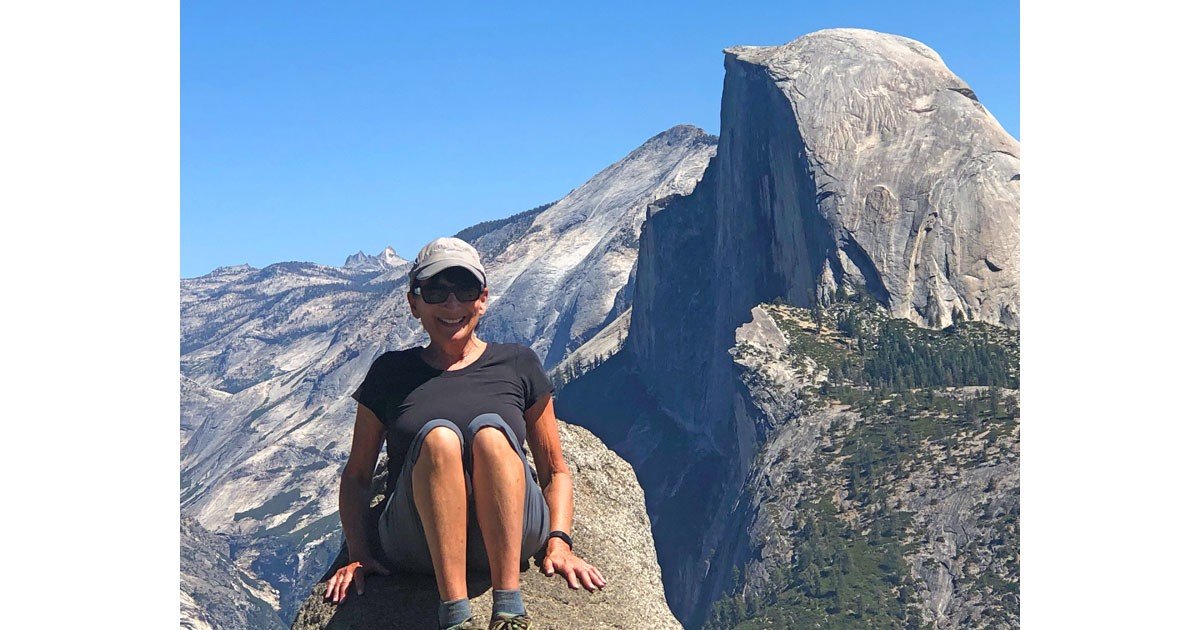
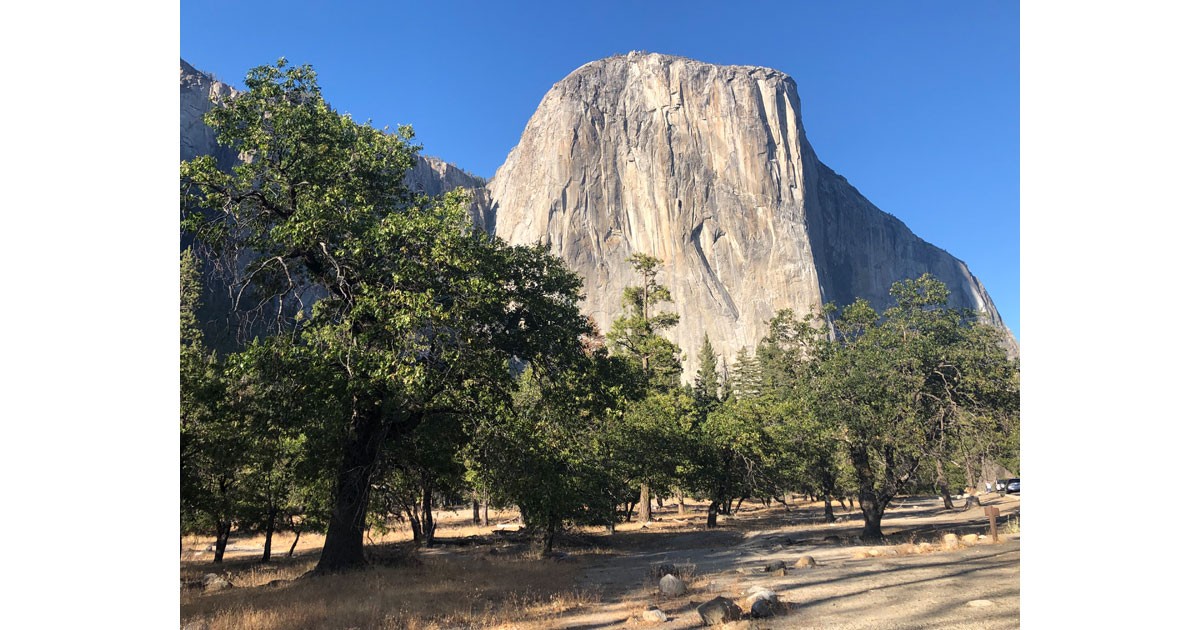
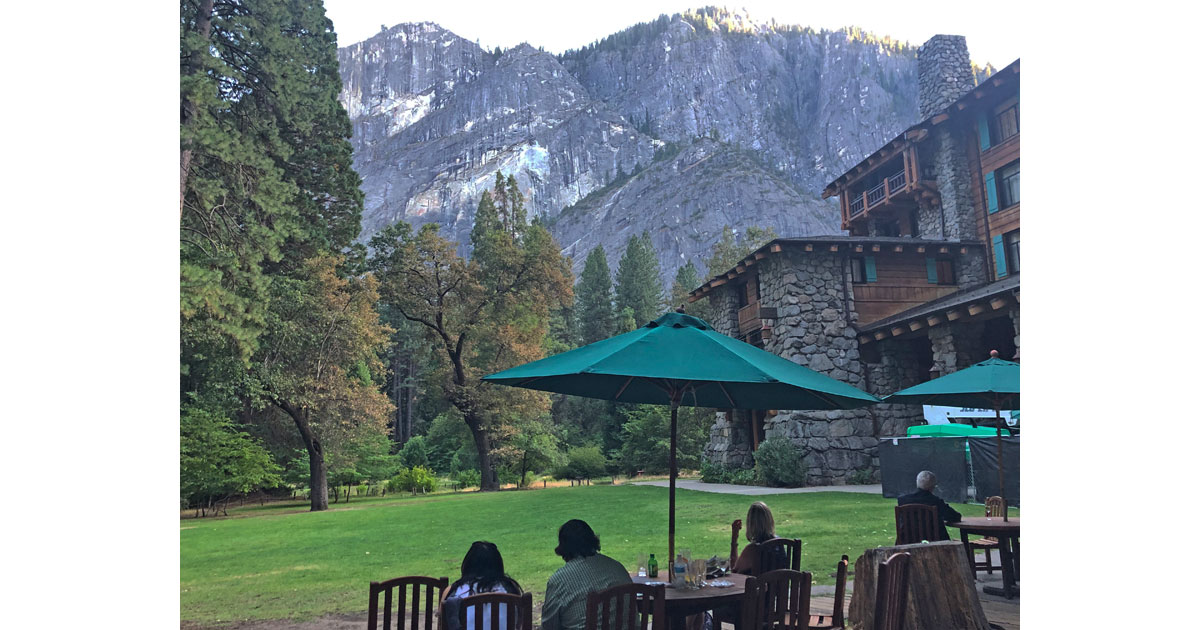


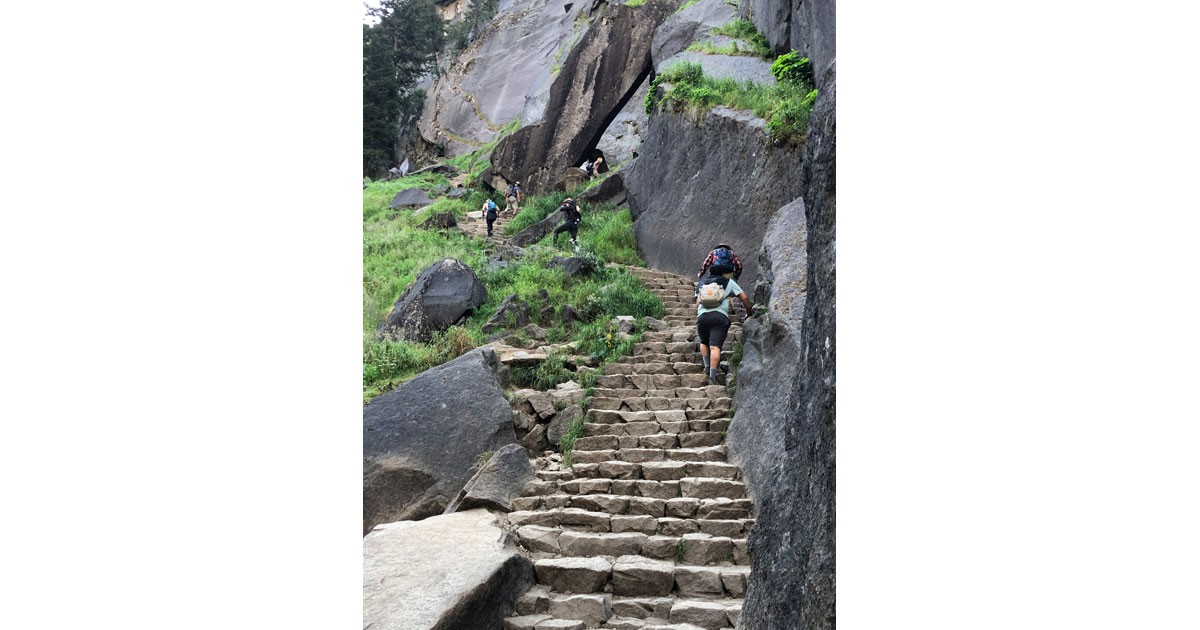


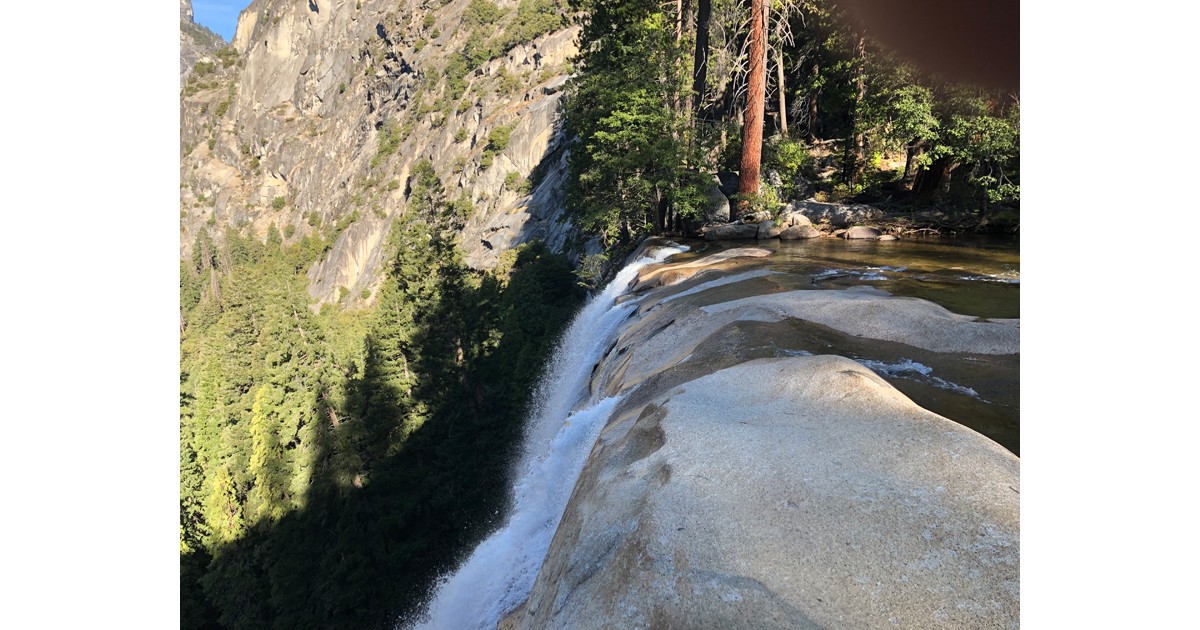
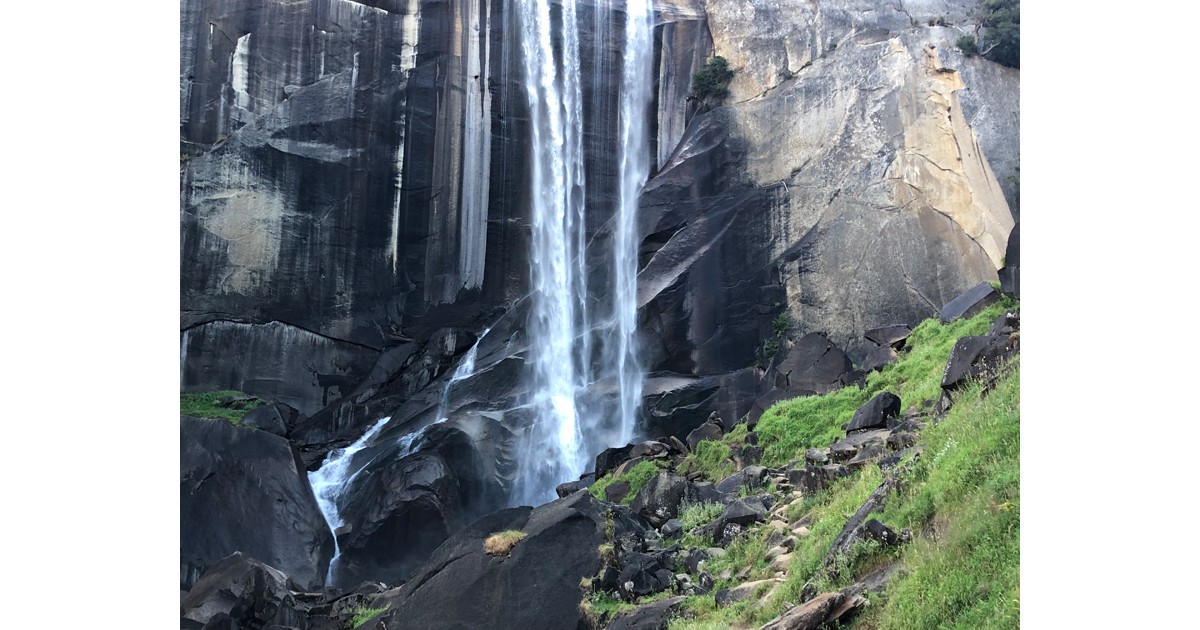

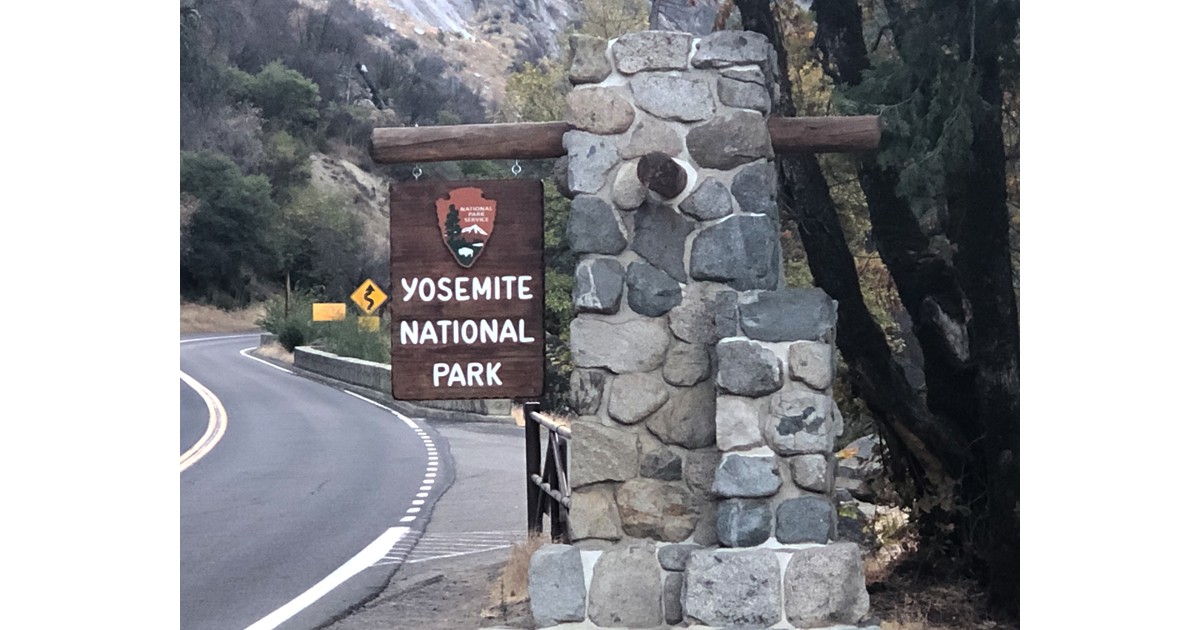
Leave a Comment
You must be logged in to post a comment.